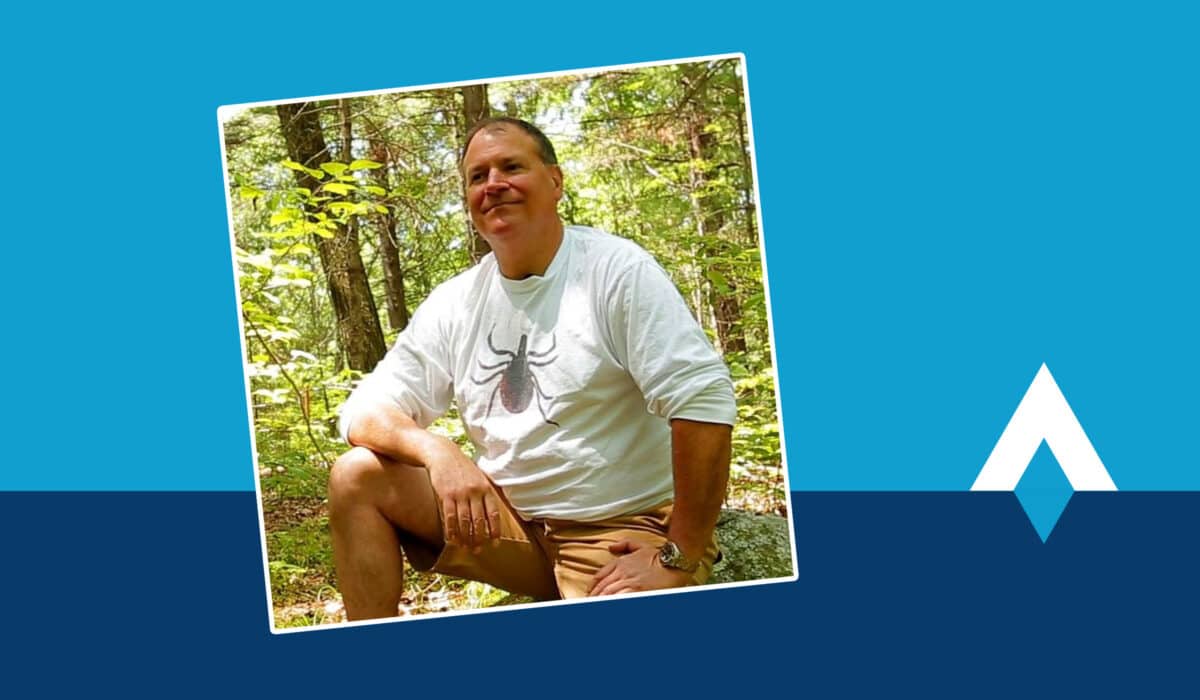All Catherine Seifert wanted was to keep her purse clean and convenient during car trips, especially when her teenage son got into the car wearing his muddy soccer cleats.
She made the first version of her solution from mesh and duct tape and developed the Car Caché, a device that secures a handbag between the front seats of a car.
She launched the website for her product in 2013, the same day the Car Caché was featured on a local TV station. A friend of Seifert’s who worked as a professional organizer told her network about the Car Caché. As Seifert’s device gained fans over that first summer in business, she got a cold email from Amazon asking if they could set up a storefront for the organizer.
Seifert signed with a consumer product licensing firm in 2014 — the same one that was representing the Snuggie blanket at the time — to accelerate product sales. The firm put Car Caché in 100,000 retail locations and sold more than a million units, or $12 million in sales, in just over a year.
How she managed Car Caché during a period of fast growth
Seifert had filed a patent application in 2012 before she started selling her product. Patenting an invention can be a long and costly process, and in Seifert’s case, it took about four years. Once she received her patent in 2016, she began the process of taking control of her product back from the licensing firm.
She created new packaging for the Car Caché and set up her own product listings on Amazon. Owning the patent and the right to sell her own product allowed Seifert to tackle the issue of counterfeits on Amazon by working directly with Customs and Homeland Security, she said in a 2018 interview. Seifert had previously worked as an executive in business development.
In her own Amazon storefront, Seifert typically sold 900 units a day on Amazon. That’s about $18,000 in revenue per day, she told Fast Company. Product features on Good Morning America and Live with Kelly and Ryan helped.
When she got an email from Amazon aggregator Thrasio asking about buying her business, Seifert thought it was spam.
But then she got more inquiries from interested buyers — all aggregators, who buy a variety of products that are selling well on Amazon and optimize them — so she started considering them seriously, and dug the message from Thrasio out of her spam folder.
Seifert and her husband reviewed inquiries from 15 to 20 aggregator companies and narrowed them down to three finalists, Seiftert told Business Insider. She said that while she didn’t know anything about the aggregator space, doing online research about the companies that contacted her and the successes of brands that had sold to those companies helped her narrow down the options.
Seifert chose Thrasio in part because while the up-front money was similar to other offers, Thrasio offered a larger payout for future growth, she told Business Insider. She felt confident that Thrasio had the expertise to continue scaling the product’s reach, including international sales.
The deal closed in July 2021 for an undisclosed amount. Seifert declined an interview request.
Though Amazon aggregators were on a hot streak during the pandemic, their momentum seems to have slowed. Thrasio filed for bankruptcy in March 2023.


